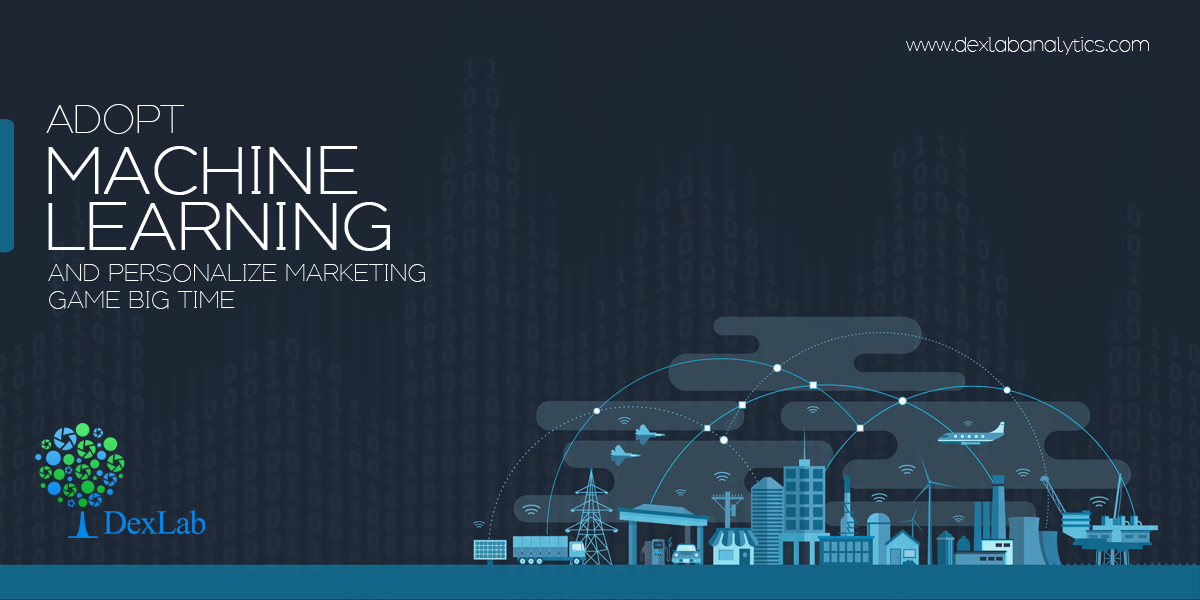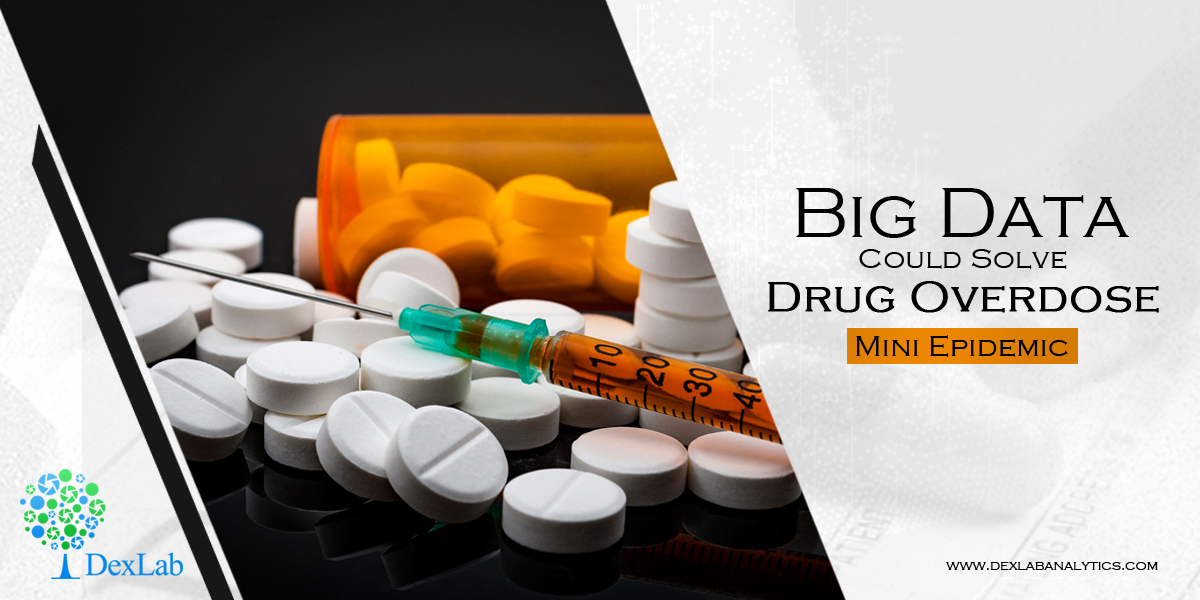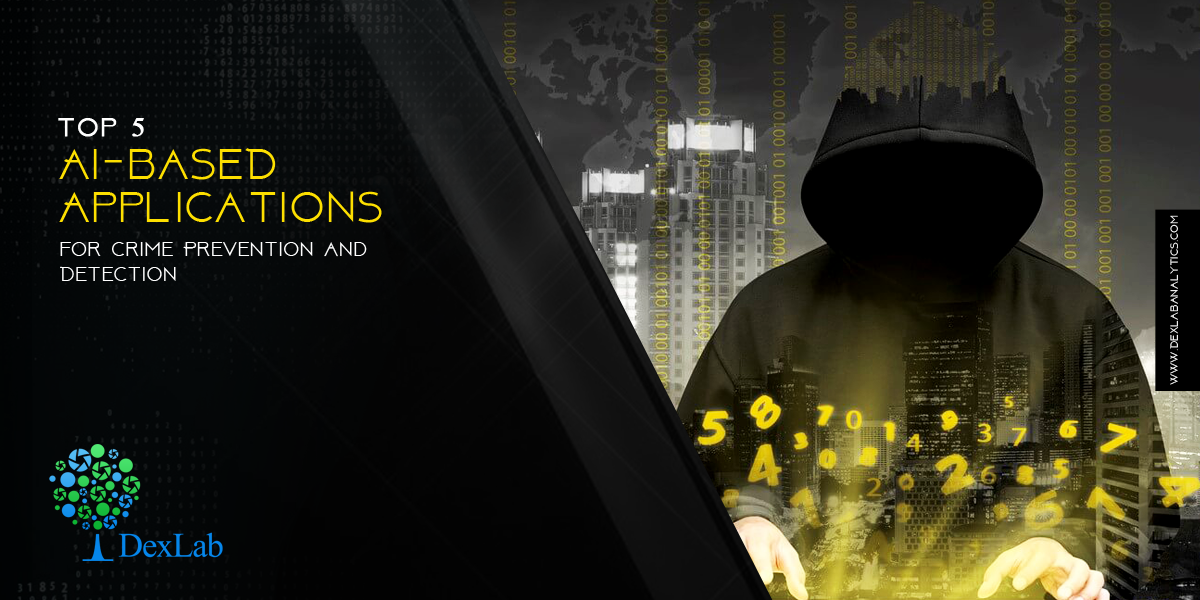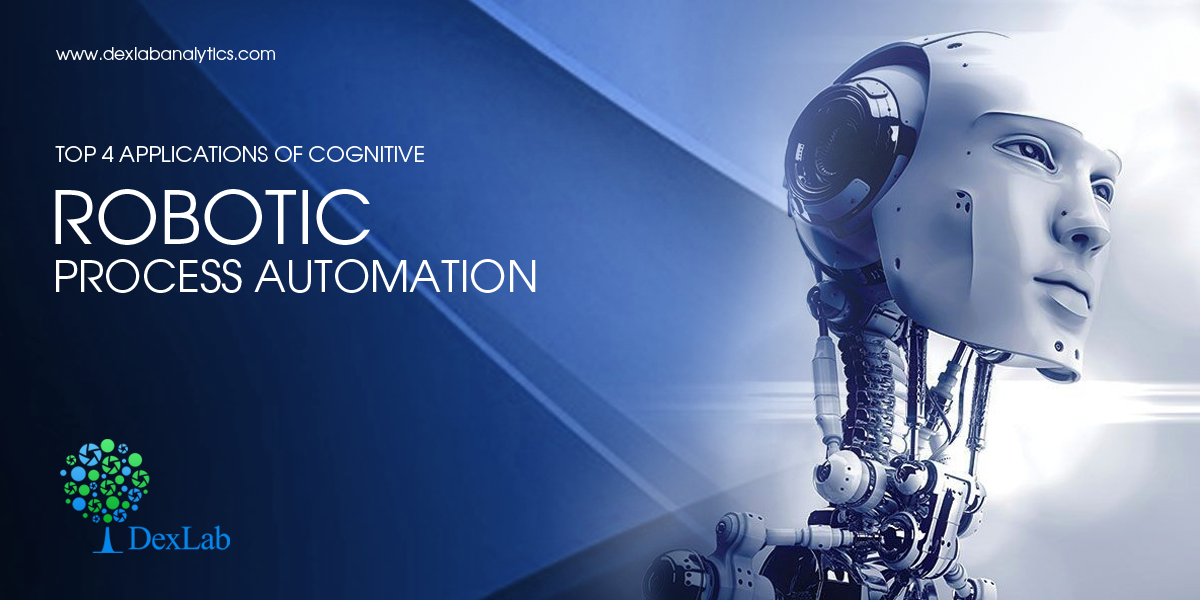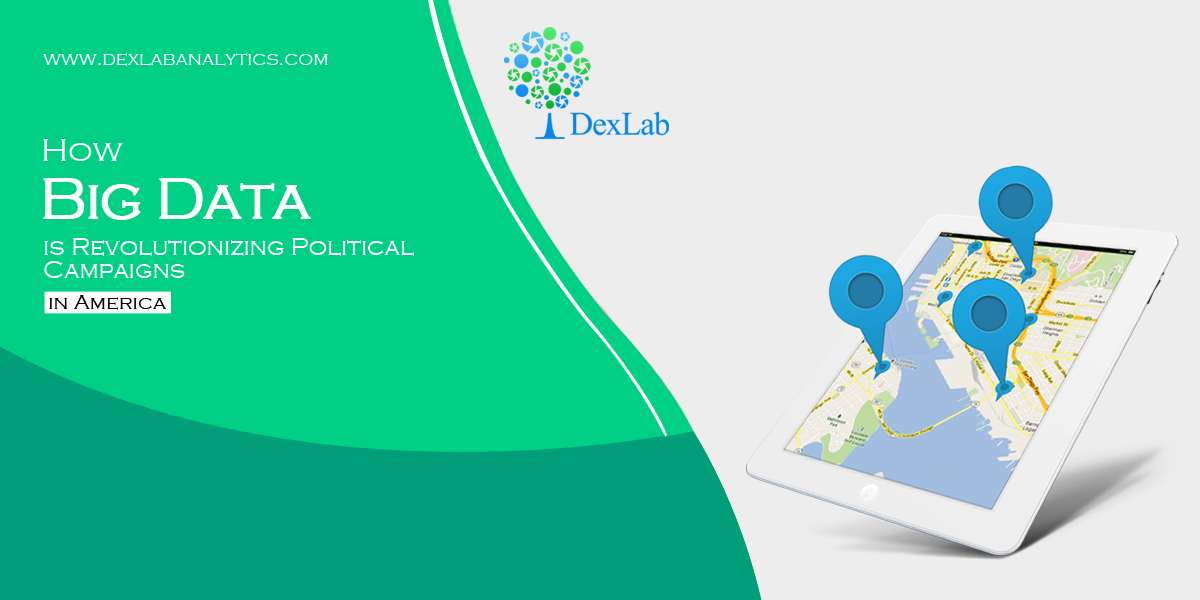
No doubt that big data is altering the manner in which politicians win elections in America, but it is also breaking American politics. So was the verdict in a column by NBC’s Chuck Todd and Carrie Dann.
According to Todd and Dann, recent technological advancements give access to detailed voter information and demographic data, like what they watch, what they shop and what they read; campaign initiators are completely aware of the preferences of voters. Hence, it enables them to target people who are most likely to vote for them through ads and other relevant content. They don’t feel the need to persuade the ones who are less likely to agree with their ideologies. Clearly, this is a crisis situation that fuels polarization within a governing system. It is encouraging campaigns to appeal to their most likely supporters rather than all their constituents. Also, this process is cheaper and faster.
Eitan Hersh, a notable professor of political science at Yale University conducted research on the role of big data and modern technology in mobilizing voters. So, let’s find out if his research work indicates the situation to be as adverse as Todd and Dann claims it to be.
New sources of data:
Earlier, campaigns relied on surveys to generate their data sets, which were based on a sample of the entire population. Now campaigns can use data that is based on the entire population. The data sets that are looked into include voter registration data, plenty of public datasets and consumer databases. Zonal data, like neighborhood income, can be accessed via the Census Bureau. Information about a voter, like her party affiliation, gender, age, race and voting history is often listed in public records. For example, if a democratic campaign is aware that a person has voted for a Democratic party previously, is Latino or of African origin and is under 25 years, then it is highly probable that this person will vote for them.
Once campaigns chalk out their team of supporters, they employ party workers and tools like mails and advertisements to secure their votes.
Hacking the electorate:
According to Eitan Hersh, it is truly impossible to completely understand the interests of the entire population of voters. However, campaigns are focusing heavily on gathering as much data as possible. The process consists of discovering new ways existing data can be utilized to manipulate voters; asking the right questions; predicting the likeliness of a group to vote for a particular candidate, etc. They need to find sophisticated ways to carry out these plans. The ever increasing volume of data is definitely aiding these processes. Campaigns can now customize their targeting based on individual behavior instead of the behavior of a standard constituent.
Types of targeting:
There are chiefly 4 methods of targeting, which are not only used for presidential elections but also for targeting in local elections. These are:
- Geographic targeting: This helps target people of a particular zip code, town or city and prevents wastage of money, as ads are focused on people belonging to a specific voting area.
- Demographic targeting: This helps targeting ads to specific groups of people, such as professionals working in blue-chip companies, men within ages 45 and 60 and workers whose salaries are within $60k per year for example.
- Targeting based on interest: For example, ads can be targeted to people interested in outdoor sports or conservation activities.
- Targeting based on behavior: This is basically the process in which past behavior and actions are analyzed and ads are structured based on that. Retargeting is an example of behavioral targeting where ads are targeted to those who have interacted with similar posts in the past.
To conclude, it can be said that victory in politics involves a lot more than using the power of big data to reduce voters to ones (likely voters) and zeros (unlikely voters). Trump’s victory and Clinton’s defeat is an example of this. Although, Clinton targeted voters through sophisticated data-driven campaigns, they might have overlooked hefty vote banks in rural areas.
To read more interesting blogs on big data and its applications, follow Dexlab Analytics – we provide top-quality big data Hadoop certification in Gurgaon. To know more, take a look at our big data Hadoop courses.
References:
https://www.entrepreneur.com/article/309356
Interested in a career in Data Analyst?
To learn more about Data Analyst with Advanced excel course – Enrol Now.
To learn more about Data Analyst with R Course – Enrol Now.
To learn more about Big Data Course – Enrol Now.To learn more about Machine Learning Using Python and Spark – Enrol Now.
To learn more about Data Analyst with SAS Course – Enrol Now.
To learn more about Data Analyst with Apache Spark Course – Enrol Now.
To learn more about Data Analyst with Market Risk Analytics and Modelling Course – Enrol Now.


